Description
|
There is a clear unmet need for new therapeutics to treat irritability in children with autism spectrum disorder (ASD) that do not have the metabolic and weight adverse event profiles of the currently approved treatments. Cannabidivarin (CBDV) is a nonpsychoactive phytocannabinoid and a safe variant of Cannabidiol (CBD). It has no appreciable tetrahydrocannabinol (THC) (less than 0.01%), has been shown to have no impact on weight or metabolism, and improves both social and cognitive functioning in animal models of idiopathic and syndromal autism (Fragile X, Rett syndrome, Angelman syndrome). The Centers for Disease Control and Prevention currently estimates 1 in 68 children have ASD. ASD is characterized by deficits in social communication, irritability, repetitive behaviors, impulsivity, temper tantrums, and high caregiver burden. Currently, the only Food and Drug Administration (FDA)-approved medications for symptoms of ASD are aripiprazole and risperidone, both of which are indicated for irritability in pediatric ASD. These medications are effective but are associated with considerable side effects with long-term treatment in this chronic developmental disorder, including weight gain, metabolic syndrome, and the risk of type 2 diabetes, prolactin elevation and growth of breast tissue, extrapyramidal symptoms, and the risk of tardive dyskinesia. The anticonvulsant divalproex sodium (valproate/VPA) also significantly reduces irritability and repetitive behaviors in individuals with ASD. Although VPA is efficacious for pediatric epilepsy and some symptoms of ASD, it also has significant side effects, including weight gain, sedation, and nausea. CBDV, like VPA, is effective in the treatment of pediatric epilepsy, and ASD mouse models demonstrate potential mechanisms for treatment with CBDV, including potential therapeutic effects on repetitive behaviors, irritability, sociability, and quality of life, and the capacity to reduce inflammation. This proposal addresses the Fiscal Year 2016 Autism Research Program Area of Interest relating to the development of novel pharmacological treatments for ASD.Objective: This trial aims to study the efficacy and safety of CBDV with a primary aim of studying its effect on irritability in children with ASD.Specific Aims: Primary Aim: To compare CBDV (400 mg BID) vs. placebo on change in irritability from baseline to endpoint (ITT-LOCF) on the Aberrant Behavior Checklist-Irritability subscale (ABC-I). Secondary Aims: To compare CBDV (400 mg BID) vs. placebo for changes from baseline to endpoint on: (1) repetitive behaviors using the Repetitive Behavior Scale -- Revised (RBS-R); (2) social communication using the Aberrant Behavior Checklist -- Social Withdrawal (ABC-SW); and (3) quality of life using the Pediatric Quality of Life Inventory (PedsQL); adaptive behavior using the Vineland Adaptive Behavior Scales-II (VABS-II) adaptive behavior composite and subscales; and global improvement on the Clinical Global Impression Scale -- Improvement (CGI-I).Study Design: We propose a 4-year Phase 2, 12-week double-blind, randomized, treatment trial of CBDV vs. placebo in 100 child and adolescent subjects aged 5 to 18 years with a diagnosis of ASD. ASD diagnosis will be confirmed via the Autism Diagnostic Observation Schedule -- 2 (ADOS-2) and DSM-5 criteria. The screening visit will include the completion of the informed consent and assent (if applicable), review of medical history and demographics, physical/neurological exam (including vital signs, height and weight), psychiatric interview, ADOS-2 and review of DSM-5 criteria, CGI-S, IQ test (Stanford-Binet Abbreviated), review of concomitant medications and standard laboratory tests, including drug testing. Once the screening visit is complete and it is determined that the subject is eligible, the subject will be brought back in for a baseline visit to complete additional measures and be randomized to a study group. Subjects will be randomized in a 1:1 ratio by the study pharmacist at the Clinical Research Pharmacy using a computer generated randomization table.Clinical Impact: There is an urgent need to develop new medications to treat the core symptoms of ASD. Current FDA-approved treatments have significant adverse effects on weight and metabolism. CBDV has the potential to be a valuable therapeutic agent for individuals with ASD by virtue of its anti-inflammatory, antioxidative, neuroprotective, anti-anxiety, and anticonvulsant properties. With its effects on multiple mechanisms known to be dysfunctional in the ASD population and low side effect profile, CBDV is a promising treatment that needs further exploration in this population.
|
 Interagency Autism Coordinating Committee (IACC)
Interagency Autism Coordinating Committee (IACC) Autism Research Database (AFD)
Autism Research Database (AFD)



